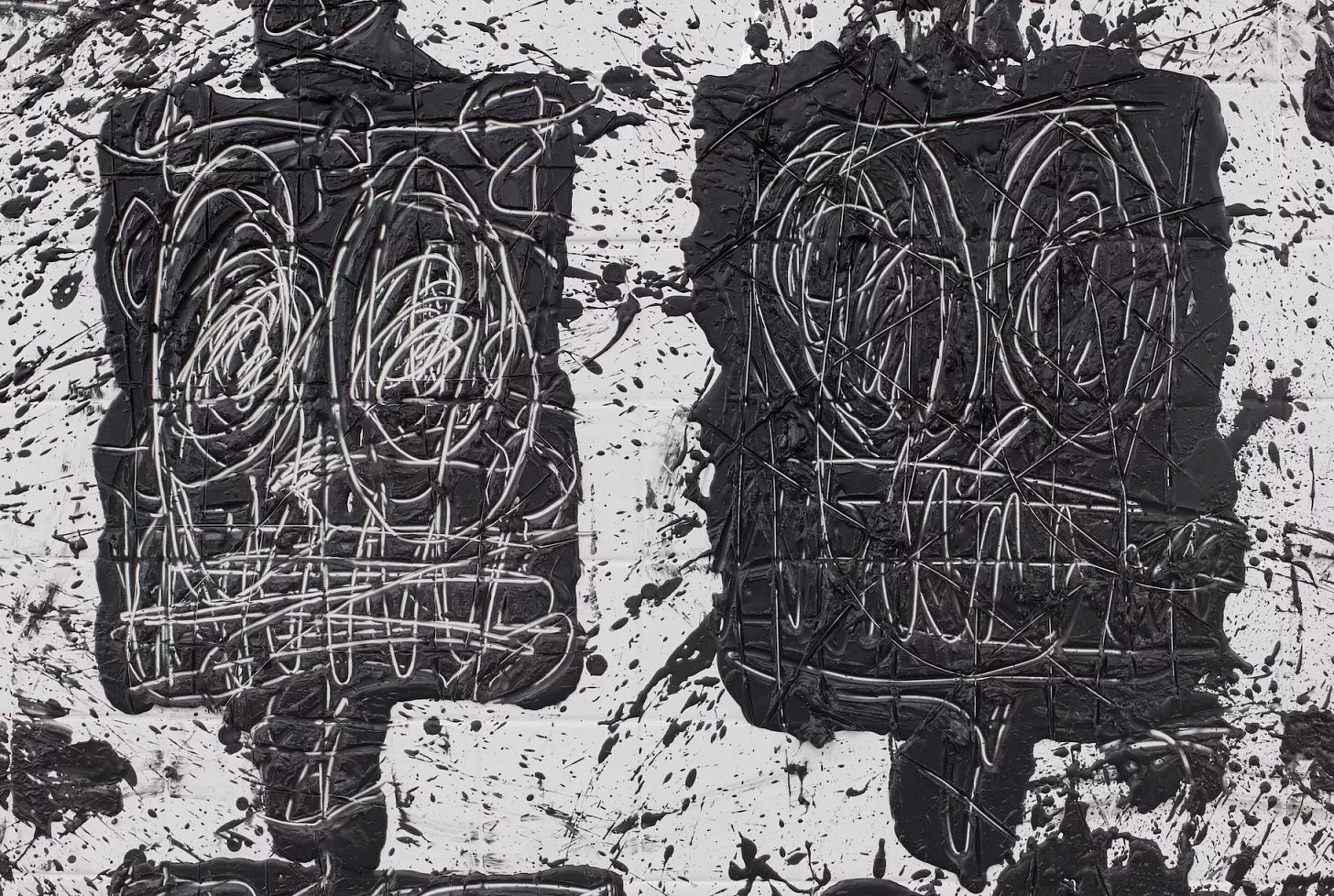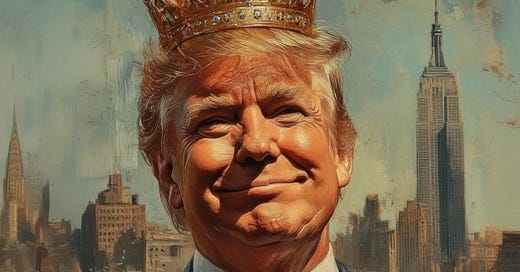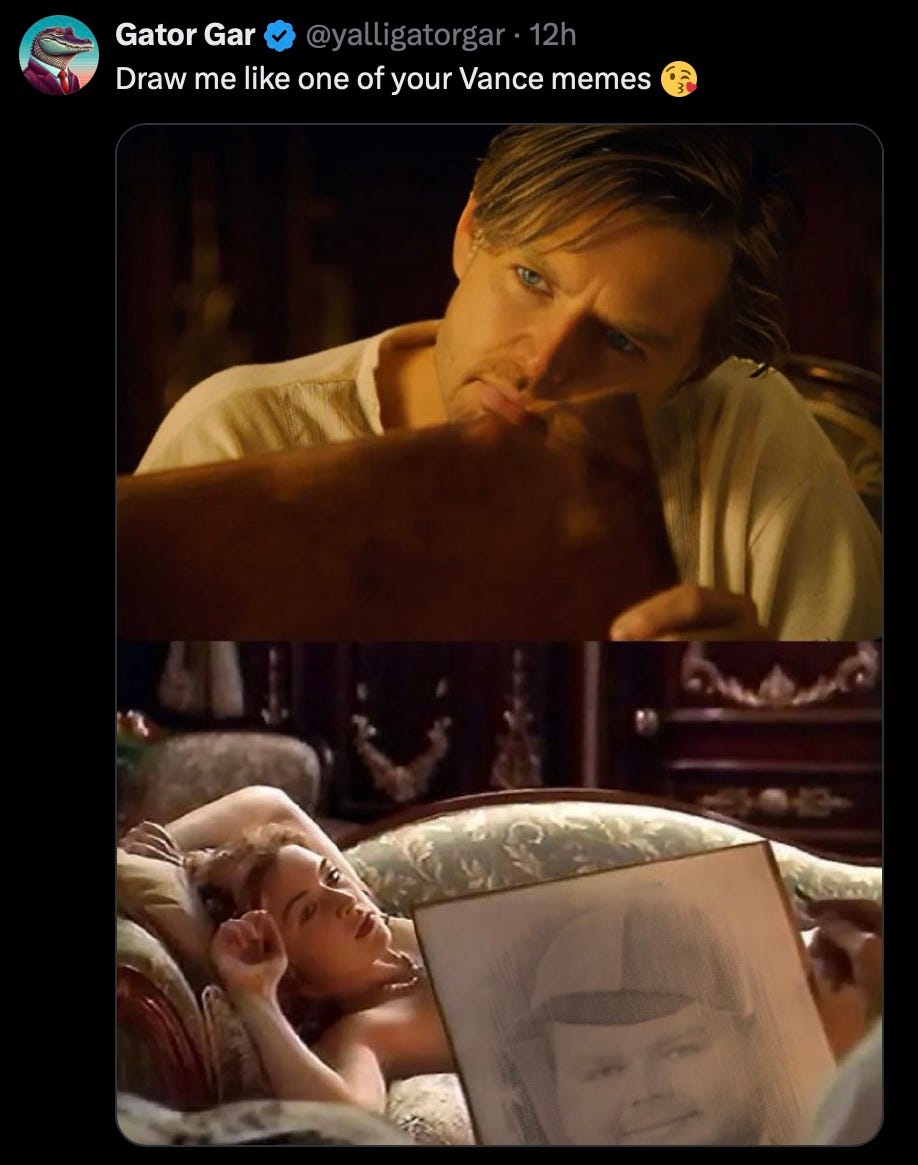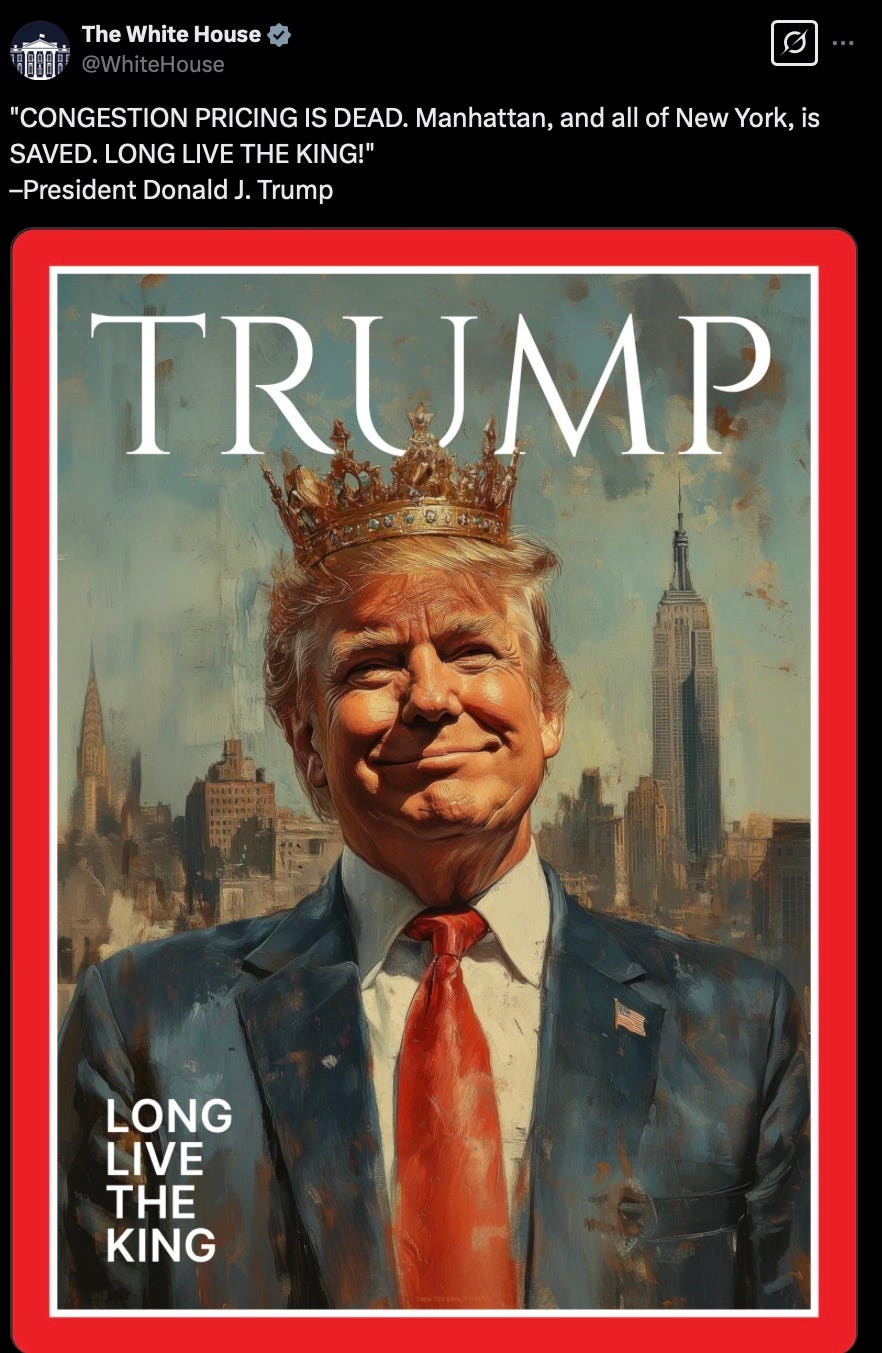
There’s a lot going on right now in Trump world but I’ve been following developments around one minor story relating to the admin’s war on DEI and so-called woke culture. President Trump appointed himself chairman of the John F. Kennedy Center for the Performing Arts, dismissed the board who were previously appointed by President Joe Biden and filled it with his own selection of people including Usha Vance, wife of the Vice President, Laura Ingraham and Maria Baritoromo.
On Truth Social he boasted, “We look forward to restoring the Center to Greatness, and ushering in America’s Golden Age. Together, we will Make the Arts Great Again!”
Trump, by his own admission, has never attended a performance at the Kennedy Center but initiated this move based on vague claims about eliminating drag shows targeting youth at the venue.
Since the Kennedy Center opened its doors in 1971 as both an arts complex and a living memorial to President John F. Kennedy, performers from all over the world in dance, theater, music and more, have graced its stages. As a partially federally-funded institution, it has had historically bipartisan support and no sitting president has ever served as its chairman. - via CNN
Trump has also signed an executive order mandating the elimination of all DEI-related offices, jobs, programs, and funding within the federal government. This order has impacted federally funded museums such as the Smithsonian Institution and the National Gallery of Art in D.C., forcing them to shut down their diversity offices, and it has impacted grant guidelines from the National Endowment of the Arts.
Per NPR the updated guidelines as mandated by Trump’s executive orders are as such:
One states applicants should not "operate any programs promoting 'diversity, equity, and inclusion' that violate any applicable federal anti-discrimination laws"; the other, which targets transgender and other LGBTQ+ arts programming, states that federal grants must not be used to "promote gender ideology," with reference to an executive order recognizing only "two sexes, male and female."
These executive orders have also resulted in the cancellation of previously planned and funded shows Nature’s Wild with Andil Gosine and Before the Americas in Washington, DC at the Art Museum of the Americas.
The news of Gosine’s exhibition cancellation came days before curator Cheryl D. Edwards was similarly notified that the museum terminated her planned show of works by African-descended Caribbean and American artists at the request of the Trump administration, which considered it a “DEI program and event.”
…
But Gosine, who was raised in Trinidad and lives in Canada, told Hyperallergic that no funds for his exhibition came from the US government, and he remains in the dark as to why his show was canceled.
He was told only that the General Secretariat of the OAS (a diplomatic association dedicated to human rights, security, and development in the Western Hemisphere) had ordered his exhibition canceled. Gosine told Hyperallergic that the museum had branded it as a “queer show.” — via Hyperallergic
Artnet has a good running list of all the policy changes relating to the arts and their impacts.
In response to Trump taking over the Kennedy Center, various celebrities have cancelled appearances or resigned from their posts.
Trump’s desire to chair the Kennedy Center understandably seems a bizarre waste of time, an exercise in middling dilettantism. But fascism, by its very nature, is obsessed with cultural control. Far from being just another joke exercise in Trumpian narcissism and excess, his new perseveration is evidence of his continued fascist creep. — via Hyperallergic
Trump has appointed Richard Grenell as “interim executive director” in an effort to align the Kennedy Center's programming with his political agenda. This raises the question: What is the MAGA vision of artistic culture?
Making the Arts Great Again
I’ve spent the last seven or so years working in nonprofits and art institutions, specifically. I saw and experienced firsthand the changes brought about by the 2020 George Floyd and Black Lives Matter protests, including the rise of newly created Chief DEI roles. Over the past five years, representation, acquisitions, exhibitions, and sales of works by Black artists have grown.
During Trump’s first term, museums and artists responded with increased artistic activism, mounting exhibitions that addressed social justice issues and implementing initiatives to promote diversity and inclusion within museums. Will we see similar efforts this time around? Or will self-censorship prevail? Will the pressure of funding cuts and grants take a toll on museums’ taste for activist exhibitions this time around?
Looking back through history, a campaign for control and censure of the arts was launched once Hitler was appointed chancellor, leading to the suppression of around 16,000 pieces of art, which were labeled as "degenerate." The art that was allowed to be produced, distributed, and sold was tightly controlled. Museum directors and gallery owners who refused to comply were dismissed, artworks were removed from museums, Jewish collectors had their property stolen and confiscated.
This piece from Hyperallergic about Trump bringing back “degenerate art,” and his pursuit to purify “the last elements of our Cultural Decay” is well worth the read. The documentary linked above which also explores Hitler’s censorship of the arts is absolutely worth the watch.
All modern art was considered ‘degenerate’ by the National Socialist (Nazi) party. Expressionism was particularly singled out. In 1937, German museums were purged of modern art by the government, a total of some 15,550 works being removed. A selection of these was then put on show in Munich in an exhibition titled Entartete Kunst. This was carefully staged so as to encourage the public to mock the work. At the same time an exhibition was held of traditionally painted and sculpted work which extolled the Nazi party and Hitler’s view of the virtues of German life: ‘Kinder, Küche, Kirche’: roughly, family, home and church. — via Tate
While the Nazis made a grand display of sneering at “degenerate” art by renowned artists like Van Gogh, Picasso, Renoir, and Matisse, they also recognized its economic value. Many of these works were secretly stored during the war, intended as a financial resource to help fund their military campaigns across Europe.
In “Chambers of Horrors of Art” and “Degenerate Art”: On Censorship in the Visual Arts in Nazi Germany, Christoph Zuschlag notes:
The total liquidation of the autonomy of art, replaced by central control of the entire cultural life in the Third Reich, corresponded to the state’s claim to total power and authority. With pressure and terror, it confiscated the freedom of the arts warranted and protected in the constitution of the Weimar Republic.
Under the current Trump administration censorship is already underway. Thousands of images from the U.S. military archives, featuring historic milestones such as women in training, various POC war heroes, and the Enola Gay aircraft, have been flagged for removal for allegedly promoting DEI. According to AP News, “Defense Secretary Pete Hegseth had given the military until Wednesday to remove content that highlights diversity efforts in its ranks following President Donald Trump’s executive order ending those programs across the federal government.”
Over the past decade, emerging art movements have been dominated by digital art forms, including Generative AI, Virtual and Augmented Reality, and NFTs. Will the defining art of the Trump era be AI slop and memes, as seen in the thousands of bizarrely photoshopped images of JD Vance that flooded X last week?
Trump, while no stranger to using and sharing generative art of himself, appears to have an interest in classical arts. During his first term, he proposed the creation of an “American Heroes” Sculpture Garden. Per Artnet’s report, “Trump envisioned the sculpture garden in his first term in response to the removal of Confederate statues during racial justice protests. The garden would include sculptures of figures, curated by Trump himself, including Davy Crockett, Billy Graham, Whitney Houston, Harriet Tubman, and Antonin Scalia.”
He continues to purse the creation of this sculpture garden in his second term as part of the celebration of America’s 250th birthday on July 4, 2026. Funding for the garden will need to be approved by Congress.
What does removing pictures of the Tuskegee Airmen accomplish for the average American? Absolutely nothing. Yet, the right remains fixated on regaining the cultural control narrative that will supposedly "make the arts great again."
A World Devoid of Art
Recently, I watched a film set in a totalitarian state where all forms of art and emotion are explicitly banned. Anyone caught possessing paintings, music, decorative pieces, or similar artifacts is executed on the spot. It is the ultimate form of mass control and suppression of individuality and expression.
Equilibrium (2002), a sci-fi film written and directed by Kurt Wimmer (The Thomas Crown Affair, Salt, The Beekeeper), presents a compelling vision of a world that has barely survived World War III. In the dystopian state of Libria, citizens are required to inject themselves with daily doses of emotion-suppressing drugs to prevent any uprising that could lead to World War IV.
Christian Bale stars as John Preston, a high-ranking enforcement officer tasked with hunting down and destroying illegal materials such as art, literature, and music. One day, Preston accidentally misses a dose of his emotion-suppressing medication, and he begins to feel.
His gradual emotional awakening is beautifully captured in the scene linked above. The film’s overall visual tone is dark, gray, and cold, but the use of light to add warmth, highlighting his newfound appreciation for the beauty of a sunrise, is particularly striking. In another powerful moment during a raid, Preston weeps upon hearing a recording of Beethoven’s music and later on saves a puppy.
While Equilibrium is an undeniably over-the-top action film, I appreciated its exploration of art’s power to move people, and why authoritarian regimes see it as a threat worth controlling. Throughout history, art has served as both a critique of the state and a means for artists to assert their existence within the cultural canon.
At the time of this movie’s release it bombed, but it has some very impressive action sequences and pioneered something insane called gun-kata, a specialized defensive martial art fought with guns.
I think this film’s particular take on how fascist control over art and cultural artifacts informs governmental control and overreach is a neat spin on a traditional action movie. I do recommending streaming it, you can find it for free on PlutoTV.
Until next time!




